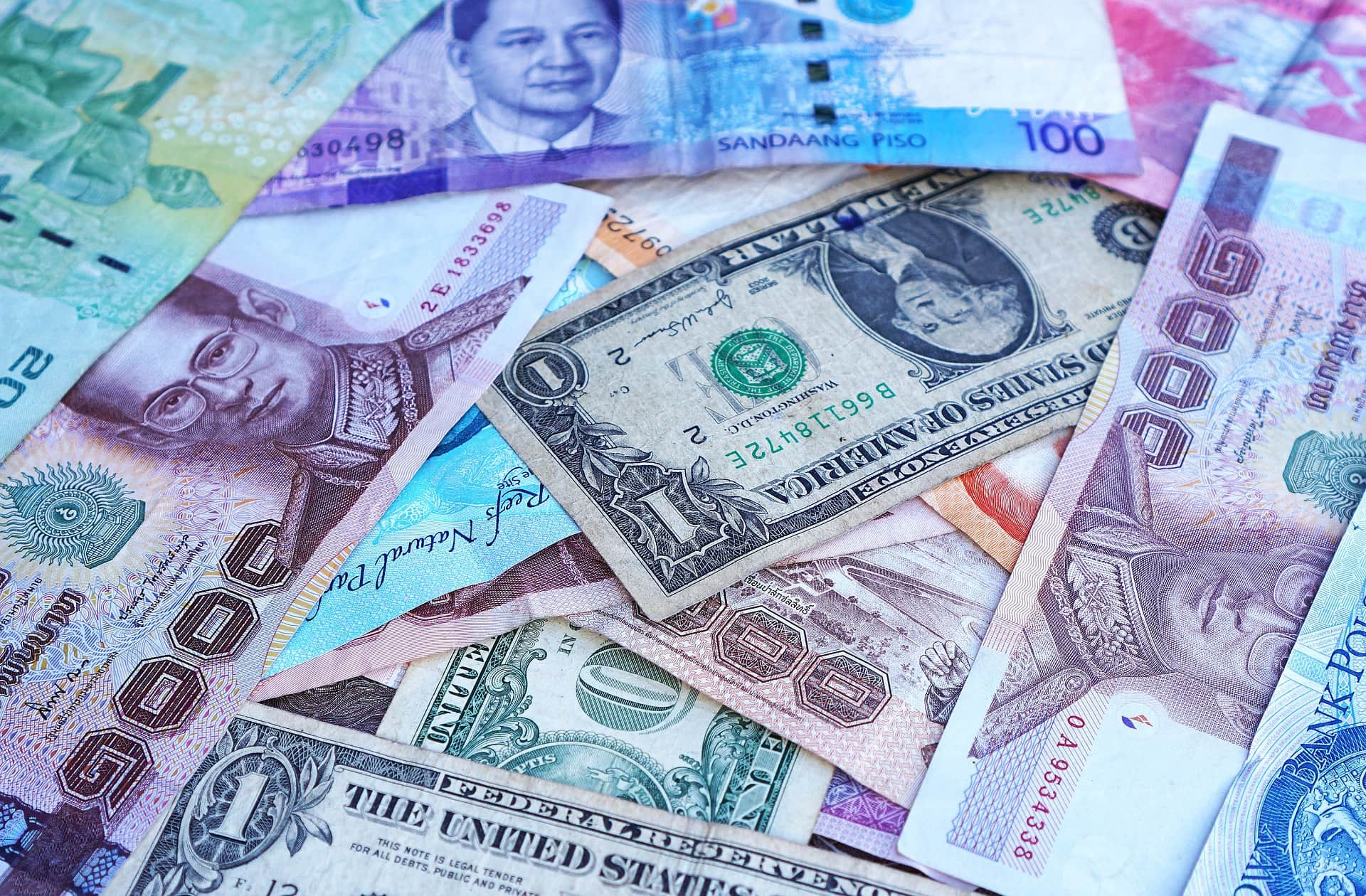India’s forex reserve surges by $5.08 billion to $595 billion: RBI data

India’s forex reserve surges by $5.08 billion to $595 billion: RBI data

India’s foreign exchange reserves experienced a significant increase, surging by $5.077 billion and reaching a total of $595.397 billion, as revealed in the latest data released by the Reserve Bank of India (RBI).
The substantial rise in foreign exchange reserves is indicative of several factors contributing to the country’s economic stability and resilience. Foreign exchange reserves play a crucial role in supporting a nation’s economy by providing a buffer against external shocks, ensuring liquidity in international transactions, and instilling confidence in global investors.
The surge in reserves can be attributed to various factors, including robust foreign direct investment (FDI) inflows, steady foreign portfolio investments (FPI), and positive trends in the balance of payments. India’s ability to attract foreign investments and maintain a favorable trade balance contributes to the accumulation of foreign exchange reserves.
Additionally, a rise in remittances from the Indian diaspora and favorable trends in the exchange rate may have contributed to the increase in reserves. Remittances from abroad contribute significantly to the country’s foreign exchange earnings, bolstering its economic strength.
The RBI plays a pivotal role in managing foreign exchange reserves to ensure stability in the currency market and meet the country’s external payment obligations. Adequate reserves provide the central bank with the flexibility to intervene in the foreign exchange market when necessary to stabilize the currency and mitigate volatility.
India’s growing foreign exchange reserves also enhance its capacity to meet import requirements, especially for essential commodities such as oil and strategic imports. A comfortable level of reserves helps mitigate the impact of external shocks, contributing to macroeconomic stability.
The surge in foreign exchange reserves is a positive indicator for India’s economic health and investor confidence. It reflects the country’s ability to navigate global economic challenges and underscores its attractiveness as an investment destination. As India continues to pursue economic reforms and attract foreign investments, the sustained growth of foreign exchange reserves is likely to play a crucial role in supporting the country’s economic resilience and development.
In the week ending November 10, there was a notable decline in India’s foreign exchange reserves, with a decrease of $462 million. This brought the total forex reserves to $590.32 billion. Fluctuations in reserves are common and can be influenced by various factors such as changes in the value of foreign currencies, trade balances, and capital flows.
The subsequent significant surge in forex reserves by $5.077 billion in the latest data indicates a rebound and highlights the dynamic nature of India’s external financial position. The ability to rebound and maintain healthy levels of reserves is essential for managing economic stability, ensuring liquidity, and meeting international payment obligations.)
The fluctuations in foreign exchange reserves are closely monitored by policymakers, economists, and market analysts as they provide insights into the overall health of the economy and its resilience to external shocks. The recent rebound in reserves suggests that India continues to attract foreign investments and maintain a favorable external position, contributing to its economic strength and global standing.
The surge in Foreign Currency Assets (FCAs) by $4.39 billion, reaching a total of $526.39 billion, indicates positive momentum in the foreign exchange reserves. FCAs are a crucial component of the overall reserves, representing the value of foreign currencies held by the central bank. The increase suggests a strengthening of non-US currencies, contributing to the overall rise in reserves.
Additionally, the Special Drawing Rights (SDRs) with the International Monetary Fund (IMF) increased by $101 million, reaching $17.5 billion. SDRs are international reserve assets created by the IMF and allocated to its member countries, providing liquidity and supplementing their official reserves.
The Reserve Position in the IMF also saw an uptick, rising by $538 million to $5.87 billion. This position represents India’s reserve holdings in the IMF and can be drawn upon if needed.
The overall surge in forex reserves to $595.397 billion underscores India’s resilience in managing its external financial position and dealing with global economic challenges. Adequate forex reserves play a crucial role in supporting the stability of the domestic currency, facilitating international trade, and meeting external payment obligations. The consistent monitoring and management of these reserves are imperative for economic stability and financial resilience.
The increase in gold reserves by $527 million, reaching $46.04 billion, reflects the valuation changes in the gold holdings held by the central bank. Gold is a significant component of the overall reserves and serves as a store of value and a hedge against currency fluctuations.
The rise in Special Drawing Rights (SDRs) by $120 million, reaching $18.13 billion, indicates the allocation and utilization of international reserve assets created by the IMF. SDRs provide liquidity to member countries and play a role in enhancing global monetary cooperation.
The increase in the IMF’s reserve position by $42 million, reaching $4.83 billion, signifies the reserve holdings India maintains with the IMF, which can be drawn upon if necessary.
While the current forex reserves of $595.397 billion have witnessed fluctuations, the central bank’s strategic management aims to balance the various components, ensuring stability, liquidity, and resilience in the face of global economic dynamics. The previous peak of $645 billion in October 2021 highlighted the nation’s robust external financial position, and the ongoing management of reserves reflects the dynamic nature of economic challenges and responses.
The recent surge in India’s forex reserves by $5.077 billion to a total of $595.397 billion reflects the dynamic nature of the country’s external financial position. The reserves play a crucial role in maintaining stability in the currency market and addressing potential pressures on the Indian rupee.
Earlier, there was a decrease of $462 million in forex reserves, bringing the total to $590.32 billion for the week ending November 10. This decline was attributed to the central bank’s utilization of funds to safeguard the rupee against global pressures.
The breakdown of the increase in reserves includes a $4.39 billion rise in Foreign Currency Assets (FCAs), reaching $526.39 billion. FCAs account for the impact of the appreciation or depreciation of non-US currencies held in the foreign exchange reserves. Gold reserves increased by $527 million to $46.04 billion, reflecting valuation changes in the gold holdings. Special Drawing Rights (SDRs) saw a rise of $120 million, reaching $18.13 billion, indicating the allocation and utilization of international reserve assets. The IMF’s reserve position increased by $42 million to $4.83 billion, signifying reserve holdings with the IMF.
The fluctuations in reserves are part of the central bank’s ongoing efforts to manage liquidity, intervene in the forex market when necessary, and address global economic dynamics. While the current reserves are below the peak of $645 billion in October 2021, they continue to provide a robust buffer to navigate uncertainties and support the stability of the Indian economy.




